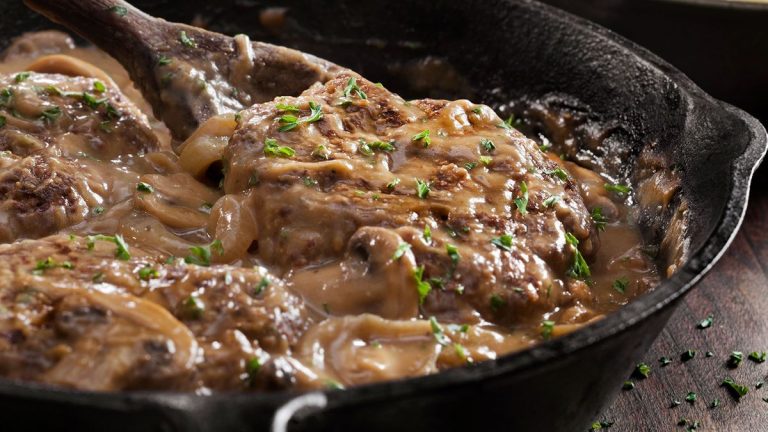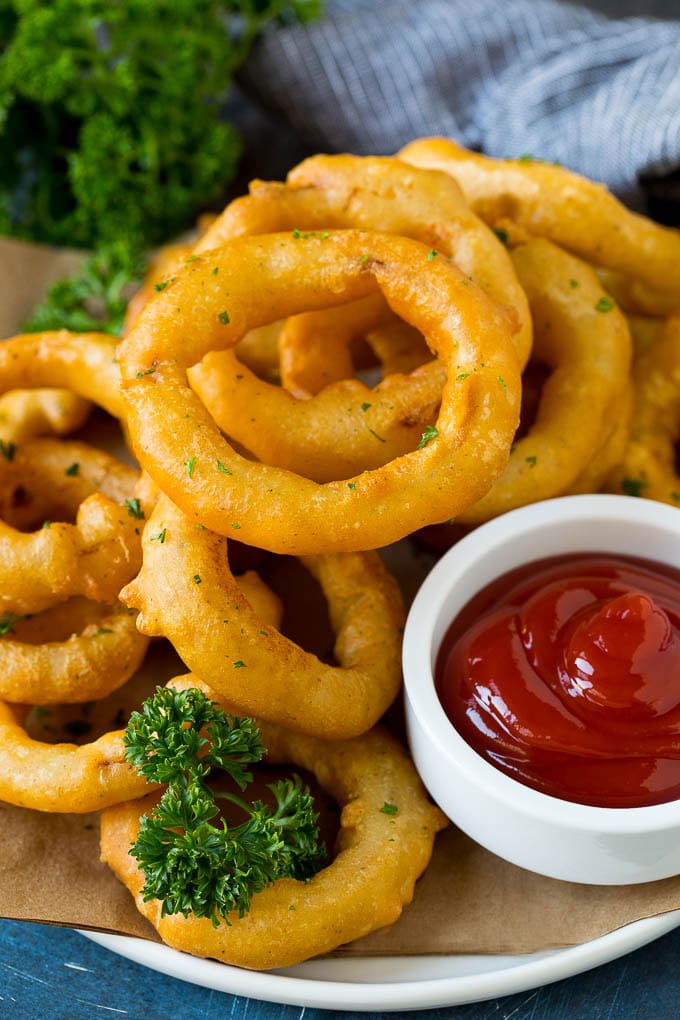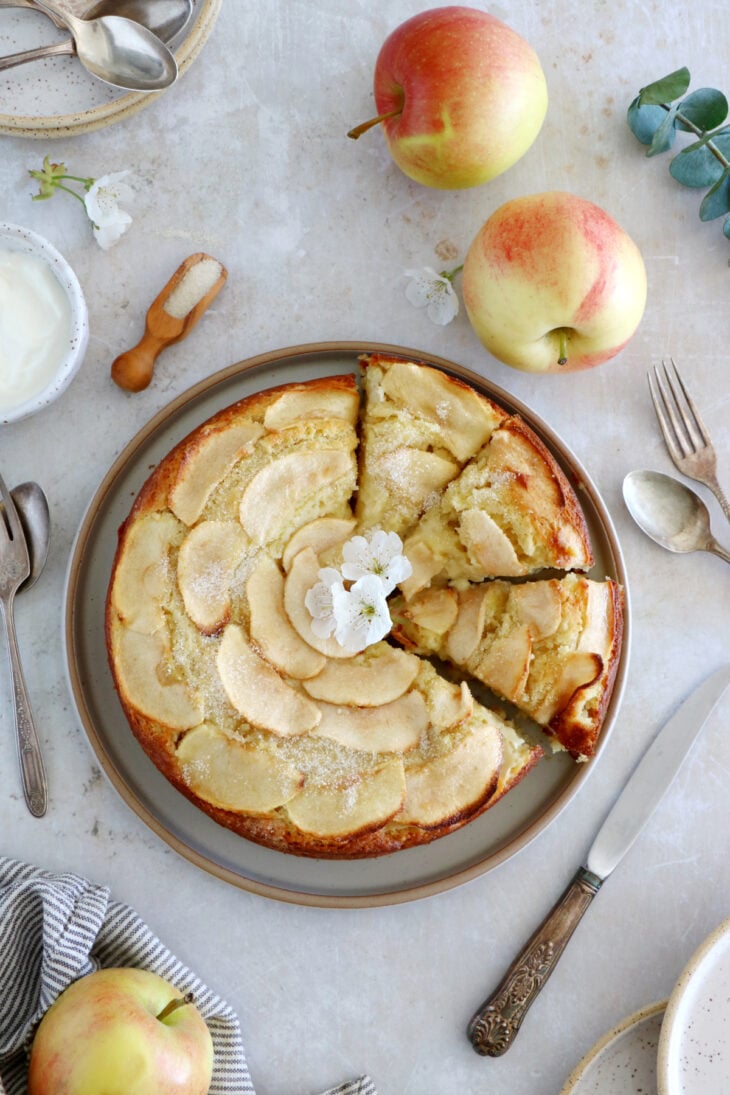Chicken Etouffee: Authentic Louisiana Recipe and Cooking Tips for a Perfect Creole Dish
Chicken étouffée, a staple in Louisiana cuisine, traces its origins to the state’s rich cultural tapestry. The dish combines French, African, and Spanish influences unique to the region. In New Orleans, you’re likely to find étouffée made with Creole spices, featuring tomatoes for added depth. However, if you head to Lafayette, the dish shifts to favor Cajun traditions. This version is spicier and omits tomatoes, focusing on a roux-based sauce to bring out the flavors of the chicken and aromatic vegetables.
Cultural Significance
Chicken étouffée is more than just a meal; it represents a significant part of Louisiana’s heritage. Served at family gatherings, festivals, and special occasions, it underscores community bonds and traditions. The preparation and sharing of this dish foster a sense of identity and continuity among Louisiana’s diverse population. Whether enjoyed at a local festival or a family dinner, chicken étouffée signifies warmth, hospitality, and the unique culinary legacy of the Gulf Coast.
Key Ingredients in Chicken Etouffee
Establishing the Base: Roux
Roux is critical in chicken étouffée. It’s made by combining flour and fat, often butter or oil, and cooking it to a deep, rich brown. This process thickens the sauce and adds a nutty flavor. You must stir continuously to achieve the desired color, as burned roux compromises the dish. The roux serves as the foundation, binding all other ingredients together.
Main Ingredients: Chicken and Seafood Options
Chicken options include boneless, skinless breasts or thighs. Thighs are preferred for their tenderness and richer flavor. You need to sauté chicken until browned, ensuring a depth of taste.
Seafood additions, like shrimp or crawfish, increase the dish’s versatility. If you include shrimp, devein and cook them until pink. Crawfish tails, often pre-cooked, add an authentic touch. Incorporate these proteins toward the end of cooking to avoid overcooking.
Other essential components are the “Holy Trinity”: onions, bell peppers, and celery. These vegetables finely chopped, form the aromatic base of the dish. Garlic, tomatoes (if making a Creole version), and green onions add layers of complexity. Season with Cajun or Creole spices for an authentic taste.
- Roux: Made from flour and butter/oil, cooked to a brown color.
- Chicken: Boneless breasts or thighs, sautéed until browned.
- Seafood Options: Shrimp, deveined and cooked until pink, and crawfish tails.
- Holy Trinity: Onions, bell peppers, and celery, finely chopped.
- Other Ingredients: Garlic, tomatoes (optional), and green onions.
- Seasoning: Cajun or Creole spices.
Cooking Techniques for Perfect Chicken Etouffee
Cooking Roux: The Foundation
Cooking roux forms the foundation of chicken étouffée. Combine equal parts flour and fat, typically butter or oil, over medium heat. Stir constantly to prevent burning. Aim for a deep caramel color, which takes 15-20 minutes. Darker roux adds more depth but increases the risk of burning. Keep your eye on the mixture, ensuring it stays smooth and doesn’t develop lumps. Roux thickness impacts the étouffée’s final texture, so achieve a consistency that coats the back of a spoon.
Balancing Spices and Seasonings
Balancing spices and seasonings ensures your chicken étouffée achieves an authentic flavor. Incorporate Cajun or Creole spices during the cooking process. Use paprika, cayenne pepper, thyme, and bay leaves in strategic amounts. Start with a small quantity, taste, and adjust as needed. Enhance the dish with salt, black pepper, and a pinch of sugar to balance the heat. Add fresh herbs like parsley and green onions toward the end for vibrant color and flavor. Always taste your dish throughout the cooking process to ensure a harmonious blend of flavors.
Serving Suggestions for Chicken Etouffee
Ideal Side Dishes
Chicken étouffée pairs well with a variety of side dishes that complement its rich flavors. Serve it over white rice, the traditional base, to absorb the savory sauce and balance the spices. Consider including cornbread on the side; its mild sweetness provides a pleasant contrast to the dish’s spice. For a vegetable option, collard greens or sautéed green beans add a fresh element and crunch. If you prefer more variety, offer a side of okra or roasted Brussels sprouts, which can enhance the overall meal experience.
Presentation Tips
Presentation enhances the dining experience and the appeal of chicken étouffée. Serve it in wide, shallow bowls to showcase the stew’s vibrant colors and textures. Garnish with finely chopped green onions and parsley to add a pop of color and freshness. Provide lemon wedges on the side so guests can add a citrusy brightness to cut through the dish’s richness. Arrange the rice in a neat mound in the center before ladling the étouffée on top, ensuring an even distribution of sauce and ingredients. A rustic, inviting table setting can further elevate the experience, making the meal feel special.
Health Considerations
Nutritional Value
Chicken étouffée contains various essential nutrients. Chicken provides lean protein vital for muscle repair and growth. Vegetables like onions, bell peppers, and celery add fiber, vitamins, and minerals. The dish also has fats from cooking oils and roux, important for energy and cell functions. However, consider the sodium content due to spices and broth. If you monitor your salt intake, opt for low-sodium broth and reduce added salt.
Adapting for Dietary Restrictions
Modifying chicken étouffée ensures it suits different dietary needs. For a gluten-free version, use a gluten-free flour blend for the roux. Choose plant-based oils to replace butter if you’re dairy-free. Substitute chicken with tofu or tempeh for a vegetarian option, while keeping the smoky flavor by adding smoked paprika. If following a low-fat diet, reduce oil or butter and use a broth-based roux.
Conclusion
Chicken étouffée isn’t just a dish; it’s a culinary journey through Louisiana’s rich cultural tapestry. With its blend of French, African, and Spanish influences, this dish offers a unique taste experience. Whether you prefer the Creole spices of New Orleans or the roux-based sauce of Lafayette, mastering this recipe will undoubtedly elevate your cooking skills.
Remember to balance your spices, taste throughout the process, and serve with complementary sides like white rice or cornbread. Presentation matters too; garnishing with green onions and parsley can make a world of difference. Don’t forget, chicken étouffée can be adapted to suit various dietary needs, making it a versatile addition to your recipe repertoire. So go ahead, embrace the flavors and traditions, and bring a little bit of Louisiana into your kitchen.






